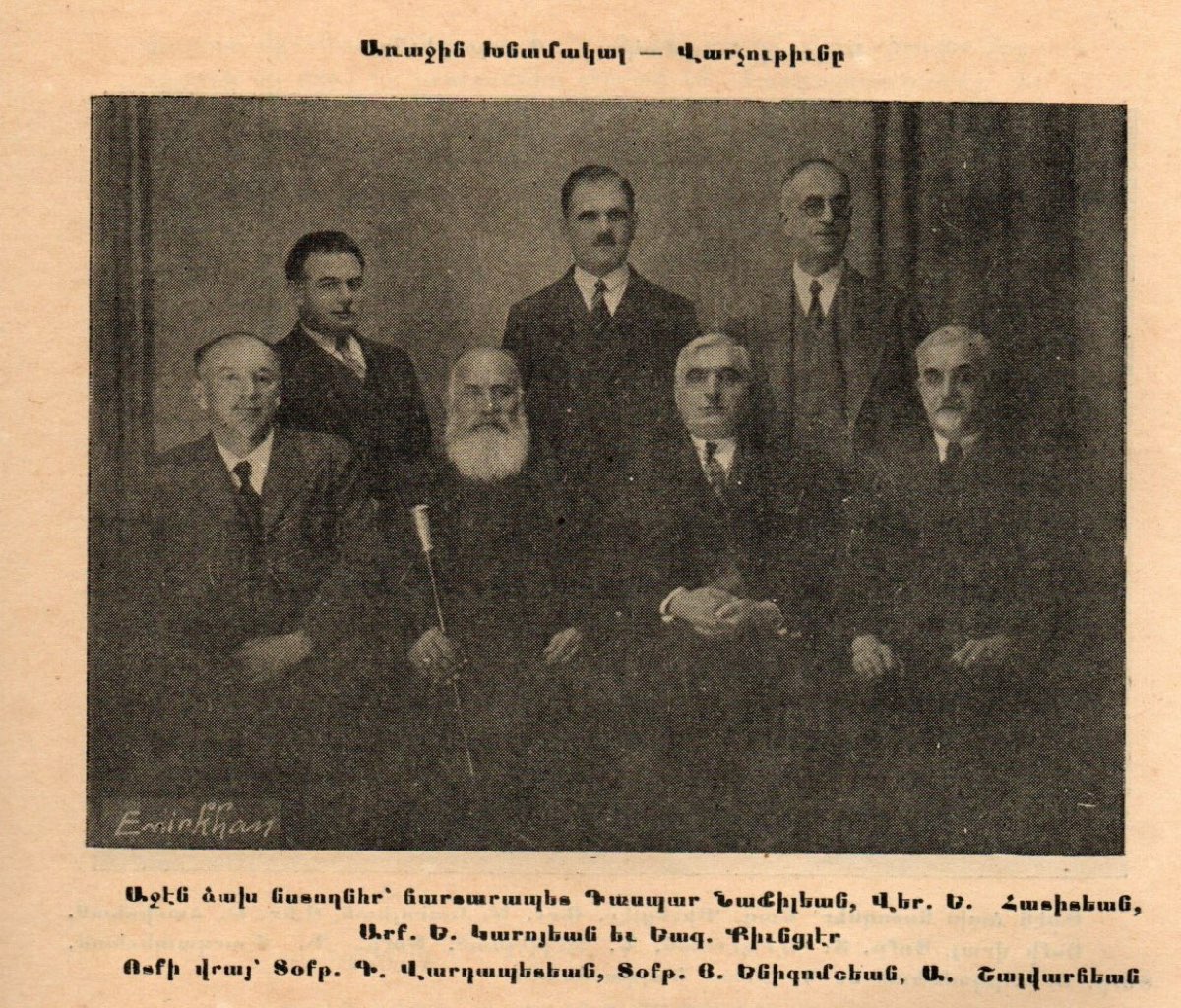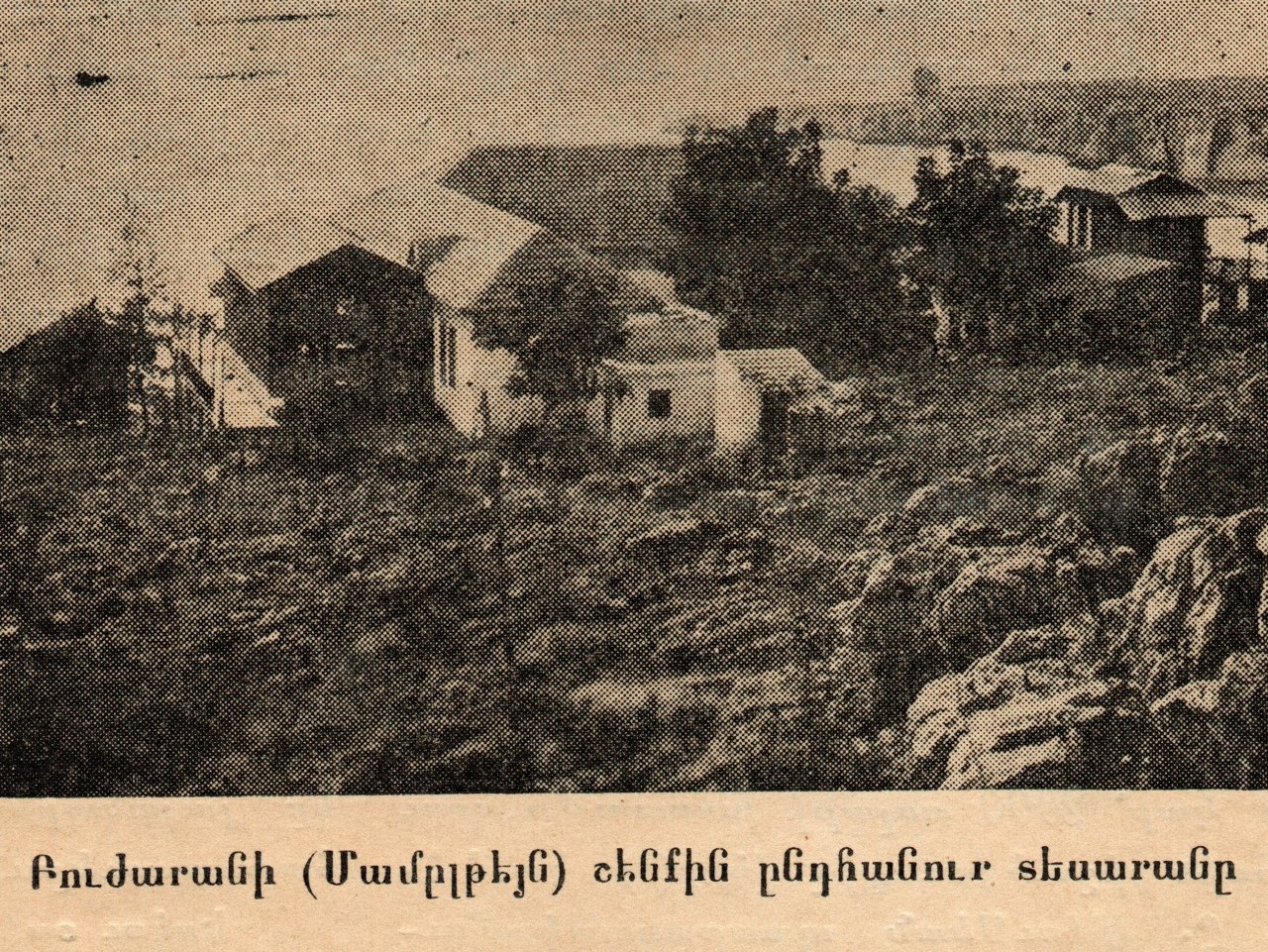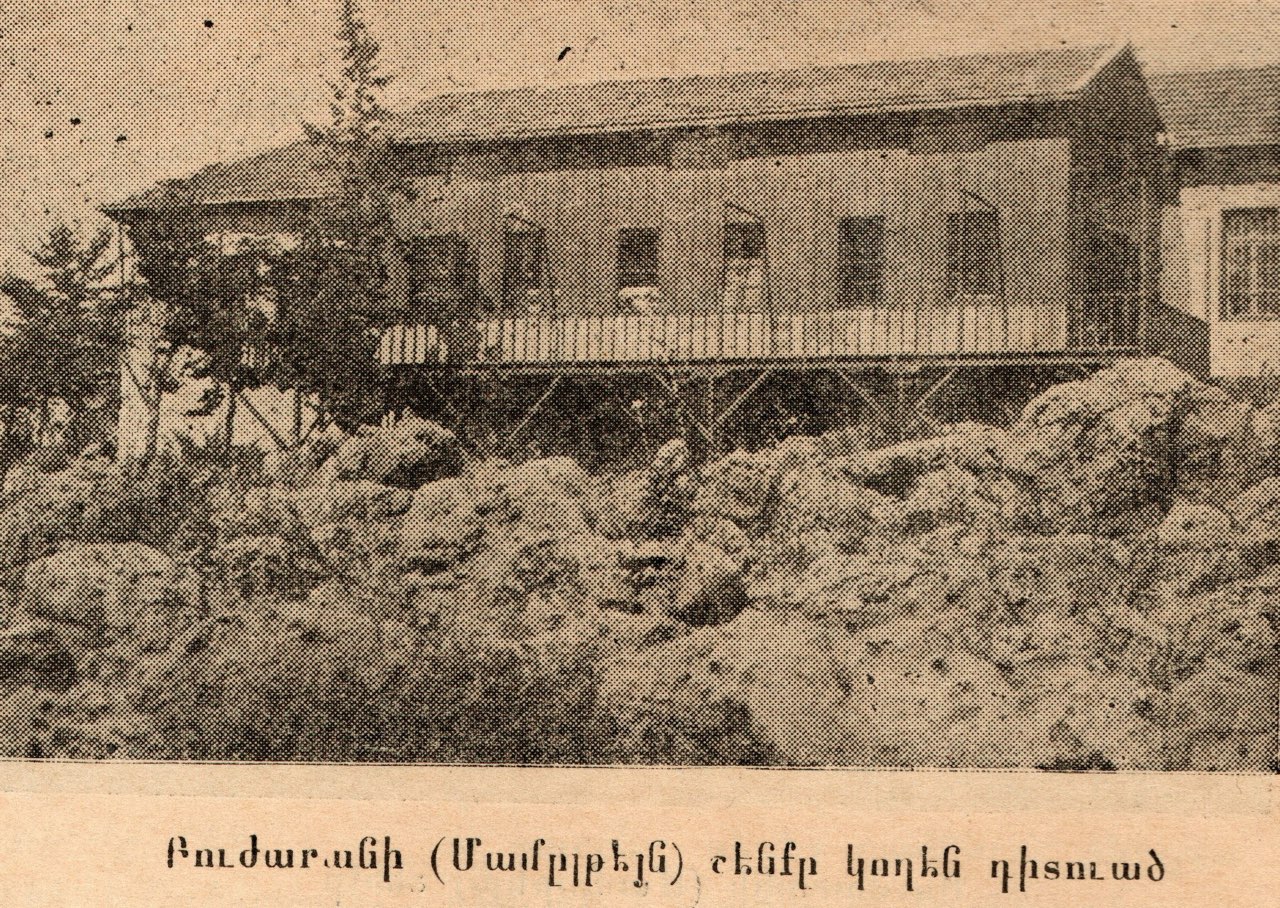The Armenian National Sanatorium, located in the Lebanese town of Azounieh, is a charitable, non-profit organization that receives financial support from the Armenian community in Lebanon as well as from the Lebanese Ministry of Health.
After the Armenian Genocide of 1915, those survivors who reached Lebanon set up refugee camps on both sides of the Beirut River at the edge of the capital city. They built refugee camps from whatever scraps of tin and wood they could find, living in very poor and inappropriate conditions, with no sanitary installations, water, or electricity.
These camps were death traps due to their unhealthy environment, surrounded by piles of garbage, all kinds of vermin and extreme humidity, located between the river and the seashore with dirt alleys and open sewers where all types of bacteria and illnesses could grow.
The deadliest illness that spread like wildfire in this poor community was tuberculosis (TB), a highly contagious disease made more deadly due to a lack of awareness of basic sanitation, as well as a lack of necessary medicines.
Through the personal efforts of a few concerned members of the Armenian community, and especially the Reverend Yenovk Hadidian from the Armenian Evangelical Church, some of these patients were placed in local TB sanatoriums. This proved to be ineffective, due to lack of funds for treatment and the continuous spread of the disease.
The need of a tuberculosis sanatorium to treat Armenians so as to save the lives of the remaining Genocide survivors was most pressing and urgent. Thus, representatives of the three Armenian church bodies came together and founded a committee to realize this project.
And so, the Armenian National Sanatorium was founded on July 1, 1923, at Maameltein-Jounieh sea shore, in a small building donated by the Presbyterian board, with thirty patients, under the auspices of the three religious heads of the Armenian Community in Lebanon – Apostolic, Evangelical and Catholic. The latter, however, withdrew in 1931.
Presently, the institution belongs to the Catholicosate of Cilicia and the Union of the Armenian Evangelical Churches in the Near East and works under the direct supervision of a board of trustees nominated by the two churches.
During the fifteen years of its existence at Maameltein, the Sanatorium organized its services so as to arouse the interest of Armenians all over the world. Sub-committees were formed in larger cities in the Middle East, Europe and America, to raise funds. Catholicos Sahag II of Cilicia initiated a “Sanatorium Fund Collection Day” in his Encyclical of 22 December, 1931 which became a tradition until the Lebanese civil war of 1975.
The Maalmetein Sanatorium building was a very small and old structure in very poor condition with no running water or any other sanitary installations. Being on the seashore the humidity also did not help the treatment of the patients and the death rate was very high. Under these conditions and with the ever-growing number of patients needing immediate treatment, a campaign was started to collect funds to build a larger and more advanced sanatorium.
The first large donation came from Mr. & Mrs. Dicran Taylor of California, U.S.A. Many contributions followed, and a parcel of land was purchased in the village of Azounieh – half way between Mdeyrij and Ain-Zhalta, at an altitude of about 1000 meters from sea level, with healthy and dry air, surrounded by splendid views of mountains and valleys overlooking the Barouk Cedars.
Construction of the main building started in 1937, and on August 12, 1938, the Sanatorium moved from Maameltein to this new location in Azounieh.
Over the years many new buildings were added, a chapel was built, a third floor was added to the main building. At present the Sanatorium covers an area of 19 hectares.
Among the largest buildings are:
- The Main Building
- The Semerjian building.
- Dr. H. Keklikian Building.
- Los Angeles Building
- Gulbenkian Building
- Canteen & Cafeteria
- The Chapel
From the 1940s to the 1970s, the Armenian Sanatorium of Azounieh was a highly renowned institution, serving people from across the Middle East. Nearly half of its patients have been non-Armenians from Lebanon and many surrounding countries, including Syria, Iraq, Palestine, Saudi Arabia, Kuwait, and Egypt. In the past, the governments of Iraqi and Saudi Arabia maintained beds for their respective destitute patients, but after the Lebanese Civil War this discontinued.
The Armenian Sanatorium is presently the only hospital in Lebanon treating respiratory diseases. It continues to accept patients of different nationalities. The Sanatorium also includes a Geriatric Department and an Emergency Care Unit.
This institution stands as a memorial to the Genocide, and is an expression of the Armenian people’s heartfelt gratitude to the Lebanese people who welcomed the Armenian survivors after the First World War.





